Overview
Map
Other Details
كنيسة مار أنطونيوس البادواني عين التنّور
Mayrouba
Keserwan
Mount Lebanon
كنيسة مار أنطونيوس البادواني عين التنّور - ميروباهي كنيسة صغيرة ووقفيّة خاصة لآل الخازن. كرّسها المطران أنطون الخازن أواسط القرن التاسع عشر ككنيسة تابعة لدير بقلوش. تضم الكنيسة لوحة غربيّة لمار أنطونيوس وتاج من نقود غربيّة هي نذور المغتربين من أبناء البلدة. البناء قديم وهو عقد سريريّ ينتهي بحنية نصف دائريّة.The church of St Anthony of Padua Ain el Tannour - MayroubaThe church is a small private chapel for the Khazen family. It was consecrated by Bishop Antoun el Khazen in the mid XIXth century as a dependency of the monastery of Baqloush. The church holds a western painting of St Anthony and a rare crown made by coins presented as ex votos by the village’s first expats. The structure is old, consisting of a crib vault with a semi circular apse.
Visited 2298 times, 1 Visit today



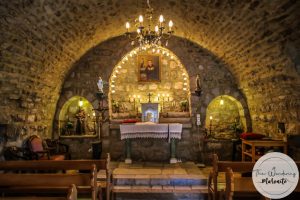
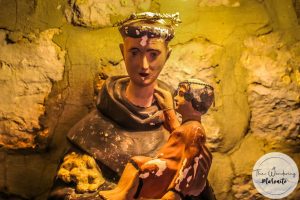

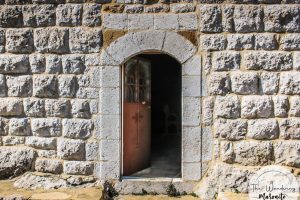
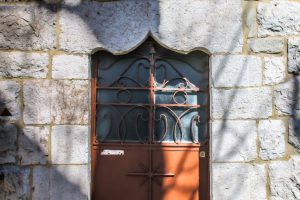
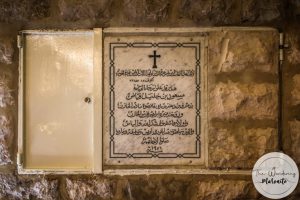

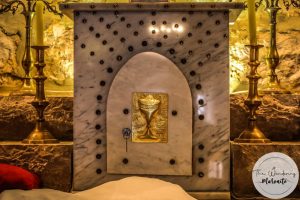









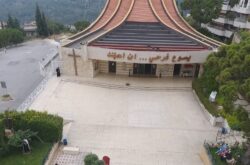
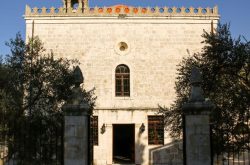
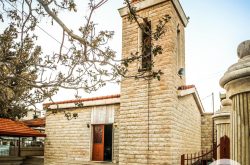
Reviews are disabled, but trackbacks and pingbacks are open.